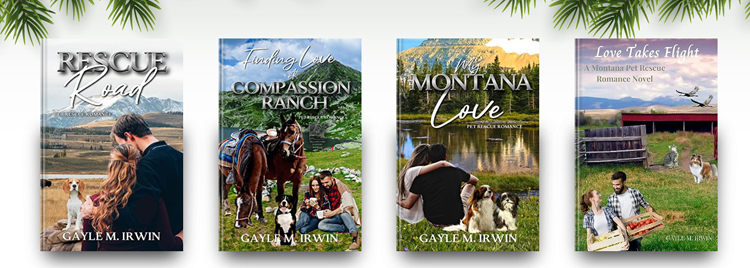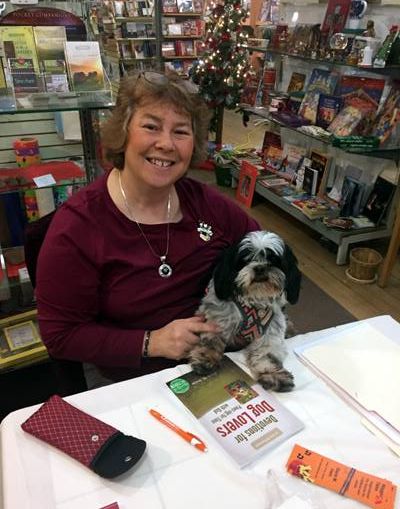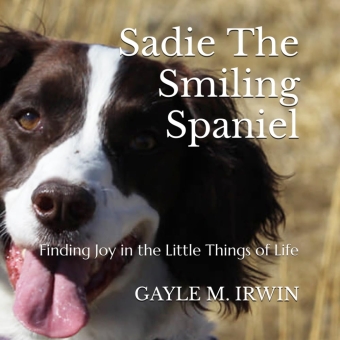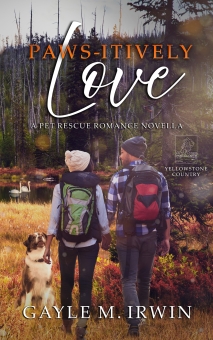A springer spaniel named Sadie finds joy in many things. She explores, takes walks, and travels with her humans and her best dog friend named Jay. She finds butterflies, squirrels, listens to birds, and smells the flowers of spring. She dashes through the snow in winter, and takes naps on the couch inside the house. In everything, she finds joy. Sadie wants to take you on a joyful journey in life, and she wants you to discover what brings you joy. Join Sadie on the adventure of finding joy in the little things of life!
Will a chance at new love open their hearts or will a family member’s revengeful plot tear them apart?
Brittany Christiansen and Gary Anderson first met several years ago. They meet again at a Montana ranch, both wary about love. However, the more they spend time together, they closer they become. Just as they allow the armor to slip and expose their vulnerability, Gary’s unscrupulous uncle returns to Montana, seeking revenge on those who put him in jail years before. That includes Brittany’s aunt and uncle with whom she's staying. Will the man’s ruthless tactics tear Brittany and Gary apart or will love, and the law, prevail?
Brittany Christiansen and Gary Anderson first met several years ago. They meet again at a Montana ranch, both wary about love. However, the more they spend time together, they closer they become. Just as they allow the armor to slip and expose their vulnerability, Gary’s unscrupulous uncle returns to Montana, seeking revenge on those who put him in jail years before. That includes Brittany’s aunt and uncle with whom she's staying. Will the man’s ruthless tactics tear Brittany and Gary apart or will love, and the law, prevail?










